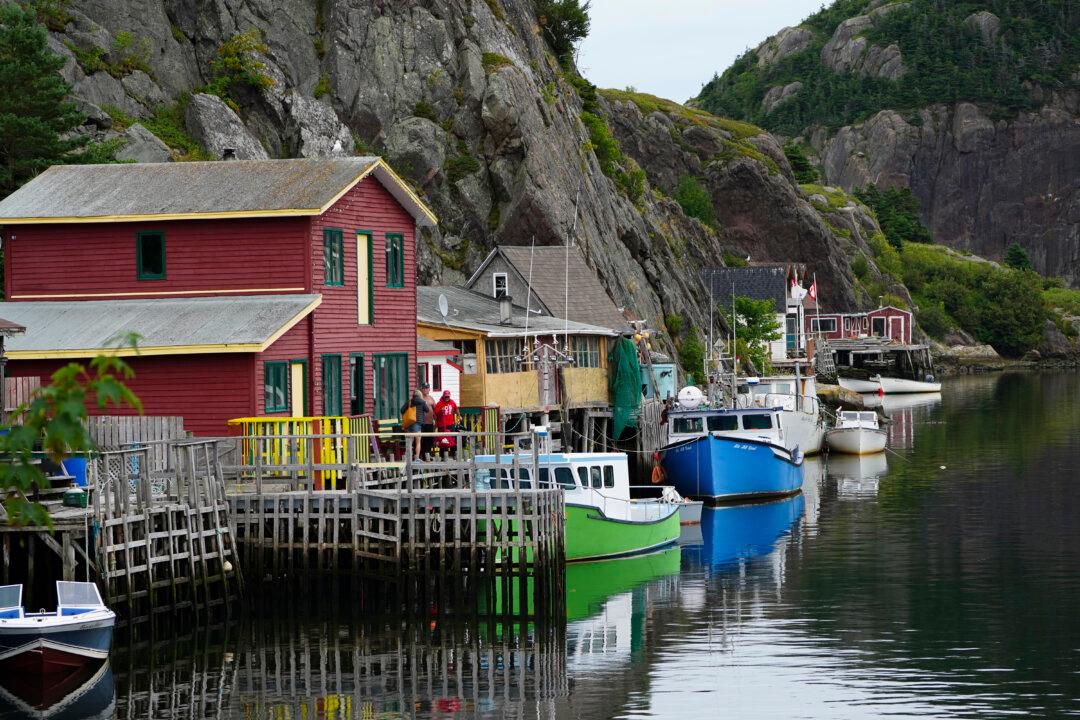Alma Gale, 90, is one of the last people alive who remembers what life was like in Newfoundland before it became part of Canada. March 31 will mark 75 years since Newfoundland and Labrador joined Confederation, and Ms. Gale recalls what life was like before and after.
Many communities were isolated before federal funds helped build roads. And Ms. Gale rarely went beyond her own small community of Millville, in the Codroy Valley area of the southwest coast of Newfoundland.





